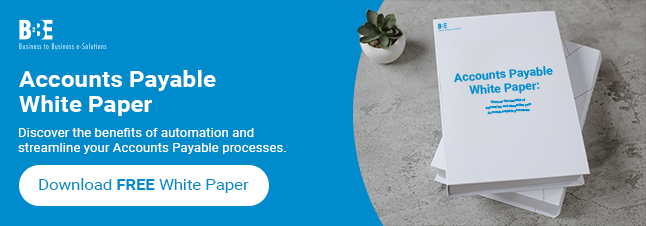The challenges of invoice processing can turn a simple task into a major bottleneck. Invoices should be simple: you get billed, you check it, you pay. But for most finance teams, it’s rarely that straightforward.
Paper-based workflows, delayed approvals, and inconsistent data often slow things down, creating bottlenecks across accounts payable. If your team is constantly chasing documents, double-checking entries, or dealing with late payment fees, you’re not alone. These are just a few of the challenges of invoice processing that organisations face daily.
So how do you fix it? Let’s break down the most common hurdles and how to get past them.
Common Challenges Of Invoice Processing And How To Solve Them
1. Missing or inaccurate data
One of the first challenges of invoice processing is dealing with incomplete or incorrect information. A wrong PO number, a missing tax ID, or a mismatched total can stop an invoice in its tracks.
To solve this, make sure suppliers know exactly what information you require on every invoice. Creating a standard checklist for invoice submissions and sticking to it can dramatically reduce back-and-forth emails and speed up approvals.
2. Manual data entry
Entering invoice data by hand is time-consuming and risky. Typos, duplication, and lost documents are common issues when your team relies on spreadsheets or email attachments.
Automating data capture helps eliminate these errors. With digital tools that extract key information directly from invoices, your team spends less time typing and more time validating and approving. It’s a powerful step toward solving one of the most frustrating challenges of invoice processing.
3. Slow or unclear approval workflows
Another key challenge of invoice processing is slow or unclear approval workflows. When an invoice hits someone’s desk or inbox and just sits there, delays ripple through the entire payment cycle. Chasing approvals becomes a daily task and frustration grows.
To improve this, define a clear approval path based on invoice type, value, or department. Automating this workflow means each invoice gets routed to the right person instantly, and automatic reminders help keep things moving. This cuts down on hold-ups and improves visibility across the process.
4. Lack of visibility and control
Another major challenge of invoice processing is not knowing where an invoice is in the cycle or whether it’s been approved, paid, or even received.
Solving this means having a centralised system that tracks every stage of the invoice lifecycle. With better visibility, you can answer queries faster, avoid duplicate payments, and reduce the risk of missed deadlines or fraud.
5. Difficulty managing exceptions
Even with a good process in place, exceptions will happen whether it’s an overcharge, a disputed service, or a supplier billing in error. These often require special handling, which can slow everything down.
To overcome the challenges of invoice processing related to exception management, set up clear rules for exception handling so your team isn’t reinventing the wheel each time. Categorise common issues, assign owners, and track resolution times. A structured approach helps reduce the impact of exceptions on your overall workflow.
The bottom line
The challenges of invoice processing are real but they’re not impossible to overcome. With the right strategies in place, you can streamline approvals, reduce errors, and take pressure off your accounts payable team.
It all starts with rethinking the process: removing the manual effort, improving visibility, and building smart workflows that actually help your business run smoother.
Ready to overcome the challenges of invoice processing? Discover how B2BE’s Accounts Payable solution can help simplify and automate your AP from end to end.

